
By James Dinneen
Solanum jamesii, aka the Four Corners potato, has sustained Indigenous people in the American Southwest for 11,000 years; USDA is now studying its 8-year shelf life, and its resistance to disease, heat, and drought. The future of this remarkable little potato remains unwritten.
“Hello everybody,” Bruce Pavlik said to no one. It took me a second to realize that Pavlik, an ecologist at the University of Utah’s Red Butte Garden, was addressing the plants. We were standing above a wide desert canyon just outside Bears Ears National Monument in southeastern Utah; near us was a stand of juniper trees. Further out, the canyon bottom was dotted with fragrant sagebrush and twisted piñon. And somewhere down there, likely near two humps of red sandstone where people once lived for a thousand years, were the potatoes.
Lisbeth Louderback, Pavlick’s collaborator and spouse, appeared beside him wearing a backpack GPS rig. An archaeologist at the University of Utah and the Natural History Museum of Utah, Louderback would use the rig to mark the locations of any potato plants we found, precise to the millimeter. Leaves collected from each plant would then be sent to a lab for DNA sequencing, the latest data in a sprawling research project on a wild potato species called the Four Corners potato. In 2017, Louderback and Pavlik found evidence that Indigenous peoples in the Southwest have used the potato for at least 11,000 years—far longer than any other documented potato use in North America.
That finding spurred the pair to delve further into how Ancestral Pueblo, Ute, and Diné people used the potato along with maize, squash, and beans—the so-called “Three Sisters” core to Indigenous agriculture in the Southwest. Archaeologists believe the Three Sisters were first domesticated in Central America, then brought to the dryland farms of the Colorado Plateau through the extensive trading networks that existed at the time. Louderback and Pavlik suspected the potato had also been carried around, cultivated, and perhaps even domesticated, all within the Four Corners area. If true, the potato would represent one of only a handful of independent crop domestication events anywhere, and the only known example in North America west of the Mississippi. “It puts us on the map,” Louderback told me.
“Reconnecting to the potato brings back our stories, our songs, our connection to the landscape. It brings back the cultural memory of how we used to nourish ourselves.”
But plumbing the potato’s secrets has required more than just archaeology. What started with Louderback and Pavlik has grown into a collaboration between some unlikely partners, with different, arguably incompatible views of how the potato should be used and valued. These include Department of Agriculture (USDA) geneticist John Bamberg, who is leading the work to interpret the potato’s DNA for fingerprints of domestication. Separate from the archaeology, Bamberg is working to use the Four Corners potato’s unique genes to breed a common potato more resistant to disease, heat, and drought—an increasingly urgent project in the face of our changing climate. Bamberg’s team is also exploring some of the potato’s other singular traits, like its ability to remain viable for eight years in the fridge, or its resistance to extremely cold temperatures.
Also on the team is Cynthia Wilson, a Diné nutritionist and traditional foods advocate working to restore the potato to Native communities and gardens, and to collect ancestral knowledge from Diné elders. “Reconnecting to the potato brings back our stories, our songs, our connection to the landscape,” Wilson told me. “It brings back the cultural memory of how we used to nourish ourselves.”
In August, I traveled to the Four Corners area to learn more about this curious group, and the potato that has brought them together. From Salt Lake City, I headed south with Louderback and Pavlik in search of potato clusters that might have persisted from ancestral gardens. In the Monument Valley in the Navajo Nation, I met with Wilson at her home, where growing the potato seemed an act of defiance against centuries of oppression. And in Cloudcroft, New Mexico, I met with Bamberg, whose potato breeding research may well be a feat of modern agricultural science with a genetic debt to centuries of Indigenous farming. I left sure this most ancient potato, whichever way one chooses to see it, is anything but stuck in the past.
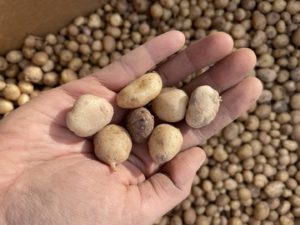 —
—
Unless you are a uniquely experienced potato eater, the Four Corners potato, known by botanists as Solanum jamesii (pronounced james-EE-aye), is unlike any potato you’ve eaten. The potato you’ll find in a grocery store is Solanum tuberosum, the common potato. Idaho, Russet, Yukon and the rest are all varieties of that species, which was domesticated in the Andes around 8,000 years ago, cultivated by the Inca, and brought to the rest of the world by the Spanish in the 16th century. The Four Corners potato, Solanum jamesii, is related to the common potato in somewhat the same way coyotes are related to dogs. Its tubers are about as small and varied as grapes.
Louderback and Pavlik’s saga with the tiny potato began in 2013. Louderback was working to reconstruct ancient Southwestern diets using microscopic starch grains recovered from an archaeological site in Utah’s Escalante Valley. She had found grains she thought might be from the potato on an 11,000-year-old grinding stone, but had not yet developed a way to distinguish the grains of one potato species from another. And while there was ethnographic evidence that the potato had been used for centuries by Hopi, Diné, Zuni, and a number of other Indigenous groups, there was no evidence for potato use that far back in time. In any case, the plant was uncommon that far north. Even if the grains turned out to be from the Four Corners potato, it seemed unlikely to have been a significant source of food in the region. Louderback might have disregarded the unidentified grains, had two things not happened.
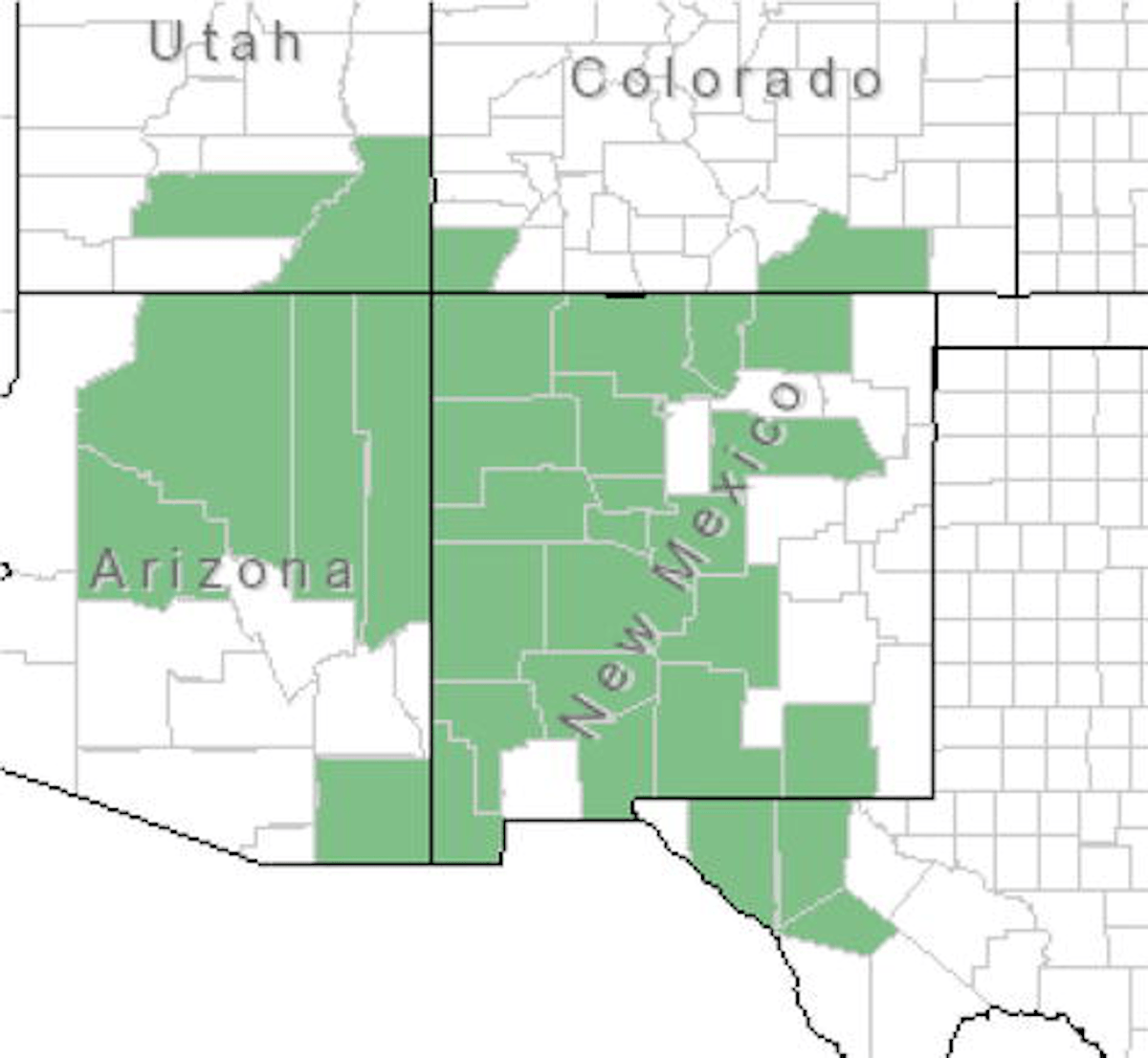
First, doing field work one day, Pavlik found a small cluster of potato plants growing just a few hundred steps from the Escalante Valley site. Then, a few days later, the pair happened upon a book at a local bed and breakfast that claimed Mormon cavalry in the 19th century had called the Escalante area “Potato Valley.” The two finds suggested to them that the Four Corners potato may have been a more important food source than they had believed. Further, if people had not only foraged, but transported and cultivated the potato, it was also conceivable that selection by farmers of the best-performing plants and adaptation to new habitats had altered the wild potatoes into something more desirable to people, something domesticated. “We thought, this is too good,” said Pavlik.
It was conceivable that selection by farmers of the best-performing plants and adaptation to new habitats had altered the wild potatoes into something more desirable to people, something domesticated.
That’s not to say proving any of it would be easy. “[Archaeologists] aren’t used to thinking about living things,” Pavlik told me. “They’re all bones and stones. Living things aren’t so convenient.”
Over the next several years, Pavlick, Louderback, and a growing group of collaborators, including Bamberg and Wilson, pursued these suspicions about the potato along multiple lines of evidence: starch grains, geographic distribution, nutritional analysis, and traditional knowledge. With this, they established that the potato was used, transported, and cultivated widely in the Four Corners region. To show domestication however, they needed more DNA from potatoes growing near archaeological sites, which is why Pavlik and Louderback had appeared in the desert talking to plants.
—
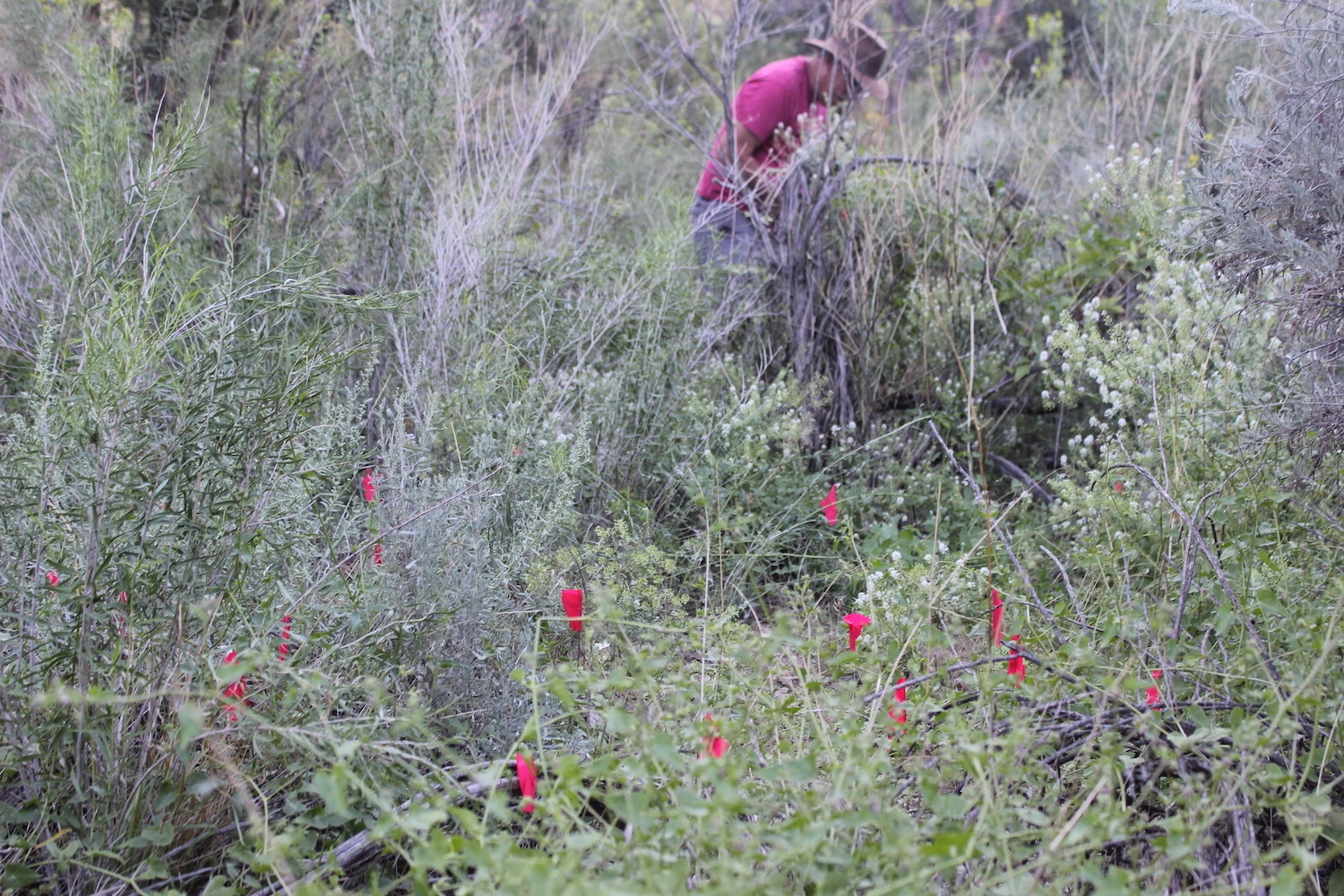
Soon we were hiking down a steep sandy wash, still mushy from rain. This boded well. Without sufficient moisture, the potato’s tubers can remain underground for more than a decade awaiting their moment to sprout. That’s a sensible strategy for a desert plant, but it can make for tough collecting. In 2019, a dry year, the team’s first survey for the domestication project had been a disappointment. Then 2020 was a bust due to both drought and Covid-19. But this summer was looking up: On the drive from Salt Lake City south to Bears Ears, a late summer monsoon had brought every plant in that red desert country into its most vivid green.
Pavlik, up ahead, was the first to find potatoes. “Look at all of ‘em. Oh my god!” he shouted. When we caught up, he pointed out a cluster of at least 80 short leafy plants, topped with sweet-smelling white and yellow flowers. They were growing along the rim of a stone-ringed depression Louderback explained was likely once the foundation of a pit house. “Even on this small scale, the plants are with the archaeology,” Pavlik said. The ground around the potatoes was littered with fragments of ceramics, some with black and white geometric patterns, others with grooves finger-pressed in the clay.
After marking each potato plant with a bright red flag, the pair went to work collecting GPS data and leaf clippings, sealing each sample in teabag-like sacks to dry. Later, the leaves’ DNA would be purified, then sequenced.Differences between wild and archaeology-associated populations might then indicate domestication, especially if those genetic differences were linked to desirable traits like tuber size or bitterness. The hope was that these plants, and their genomes, were artifacts, just as much as the ceramics scattered around them.
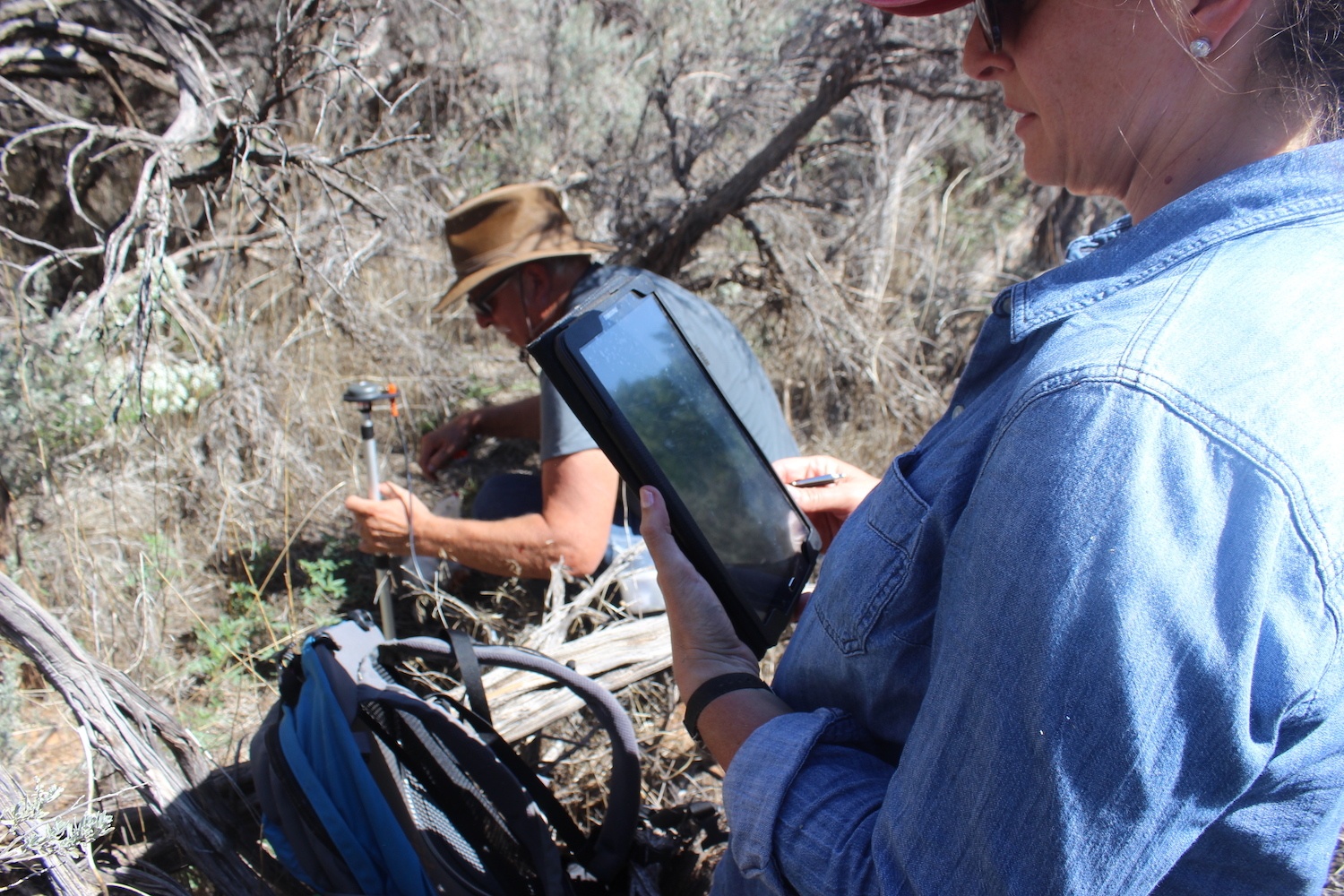
That evening, over a dinner of steak and mashed potatoes (what else?), Louderback and Pavlik explained what it would mean to find robust evidence that the potato had been domesticated. Though the genetic data remains preliminary (their most recent paper shows potatoes from archaeological sites often cannot produce seeds, a sign of a genetic bottleneck possibly caused by human transport) they agreed such a finding would put the Four Corners potato on the world-historical map of agricultural beginnings. It would point, as Pavlik put it, to “the genius of [Indigenous] stewardship and ancestry.” It would also deepen the story archaeologists tell about ancient diets in the Southwest, adding another energy-rich and nutrient-dense option to the middle-Holocene menu.
Proving Solanum jamesii was domesticated could also have implications for how the potato and other culturally significant plants are managed within Bear Ears and Grand Staircase-Escalante National Monuments, both of which were expanded by President Joe Biden in October on the recommendation of Interior Secretary Deb Haaland. (When Haaland, herself a member of the Laguna Pueblo, visited Bears Ears in April, she was served the Four Corners potato, twice.) Plants like the potato, Pavlik and Louderback argued, deserve to be better documented and protected, especially in ways that incorporate the people and knowledge responsible for protecting them in the first place. “It’s yet another example of ingenuity thousands of years before the white man came around,” Louderback said.
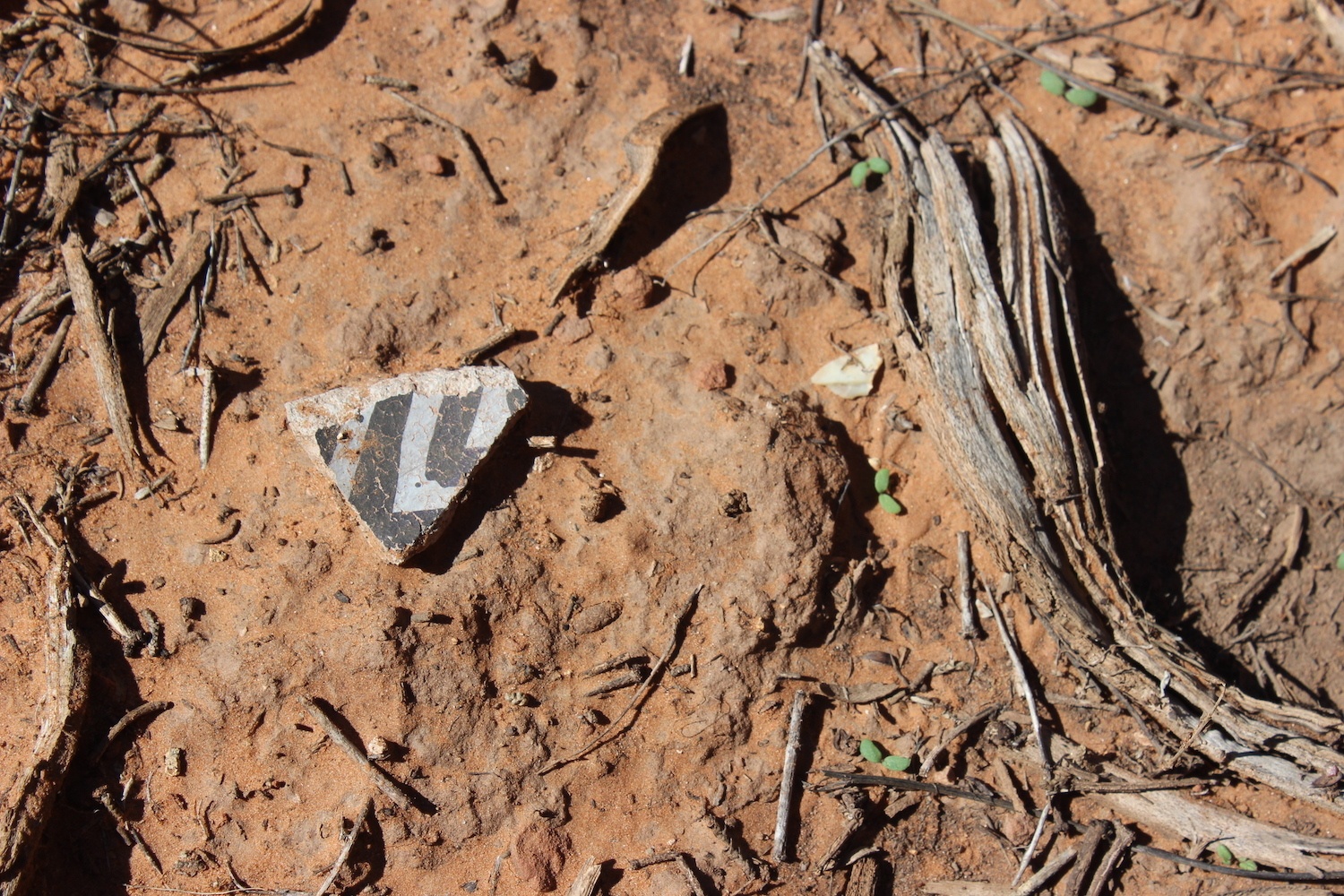
Of course, it’s not as though Indigenous people familiar with the potato require archaeological or genetic evidence to be sure of any of this. At meetings to discuss the potato with Native farmers, Pavlik said he often gets a similar response after going over his and Louderback’s research: “Well, we could have told you that.”
Read more
—
Can I just say what a relief to search out someone who really knows what theyre speaking about on the internet. You definitely know how you can carry a difficulty to mild and make it important. Extra folks need to learn this and perceive this facet of the story. I cant imagine youre not more popular because you undoubtedly have the gift.
F*ckin?awesome things here. I am very glad to look your article. Thank you so much and i am having a look ahead to touch you. Will you please drop me a mail?
Thanks for your reading and support!!
Heya! I just wanted to ask if you ever have any issues with hackers? My last blog (wordpress) was hacked and I ended up losing many months of hard work due to no backup. Do you have any methods to protect against hackers?
Sorry I do not have relevant advise on hackers.
Youre so cool! I dont suppose Ive learn anything like this before. So nice to find any individual with some original ideas on this subject. realy thanks for beginning this up. this web site is something that’s needed on the internet, somebody with a little originality. helpful job for bringing something new to the internet!
As I site possessor I believe the content matter here is rattling great , appreciate it for your efforts. You should keep it up forever! Best of luck.
Comments are closed.